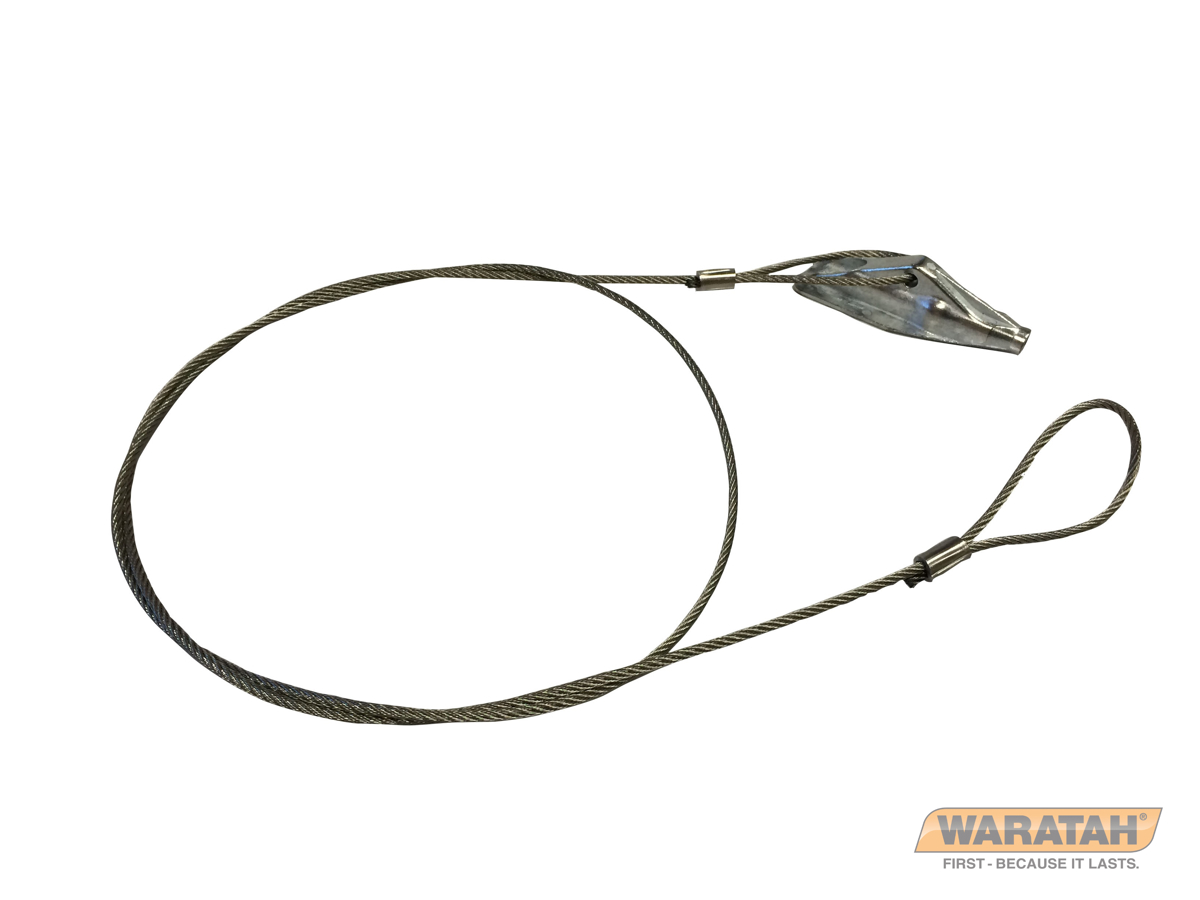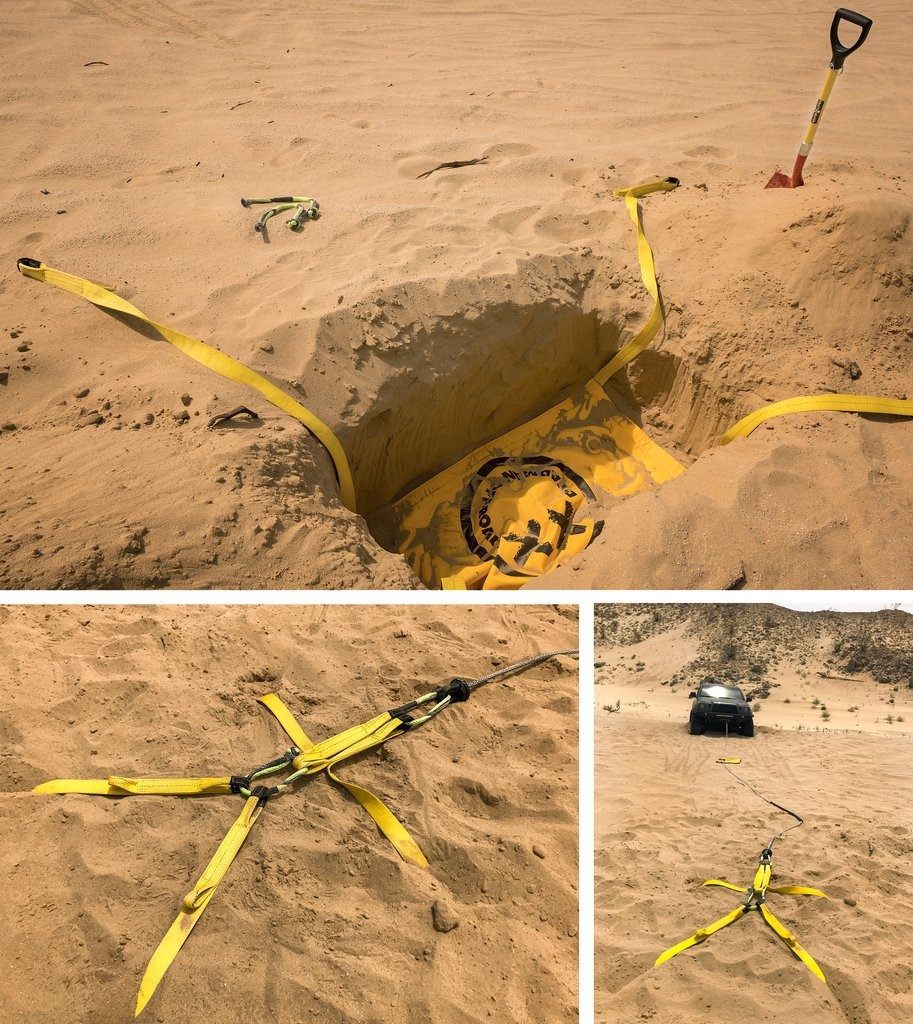Just How Heavy-Duty Earth Anchors Job: A Comprehensive Overview to Dirt Anchoring Solutions
Sturdy Earth supports play an important role in supplying security and support in various building applications. By embedding deeply into the ground, they stand up to lateral and upright forces properly. Different kinds of supports deal with numerous dirt conditions, making them functional. Comprehending their technicians and setup strategies is vital for optimizing performance. What elements influence their performance, and just how do they contrast to standard methods? The answers may shock you.
Comprehending Durable Earth Anchors
Sturdy Earth supports act as necessary components in various building and landscape design jobs, supplying stability and support in tough soil problems. These anchors operate by being installed right into the ground, where they resist lateral and vertical pressures. Their design allows for protected accessory to frameworks, ensuring they continue to be secured against dirt motion or external loads.The performance of sturdy Earth supports greatly depends upon the kind of dirt and the support's installation deepness. Appropriate setup methods are critical, as they identify the support's holding ability. Ecological aspects, such as wetness and freeze-thaw cycles, can also impact performance.These supports are frequently used in applications varying from securing fencings and preserving wall surfaces to maintaining short-term structures during adverse weather. Recognizing the concepts behind durable Earth anchors is essential for professionals seeking to boost the sturdiness and safety of their jobs.
Kinds Of Heavy-Duty Earth Anchors
Different kinds of heavy-duty Earth supports are developed to fulfill specific requirements based on soil problems and project demands. Helical anchors, featuring screw-like blades, are effective in softer dirts, providing high load abilities and simple setup. Driven anchors, which are inculcated the ground, appropriate for rocky surfaces and offer prompt tons assistance. Tie-back supports are generally utilized in keeping wall applications, enabling side support by securing into the ground at an angle. Another type is the cast-in-place anchor, suitable for concrete applications, as they are integrated right into foundations for boosted stability. Soil screw anchors are functional alternatives that can be utilized in numerous soil types, offering trusted tension and compression abilities. Each kind serves distinctive applications, ensuring security and security in building and construction and landscaping projects. Comprehending these alternatives allows for notified choices in selecting the proper Earth securing service.
The Mechanics of Soil Anchoring

Understanding the mechanics of soil anchoring needs an examination of various kinds of Earth supports and their installment strategies. Each support type presents distinct features that affect its performance in different dirt problems. Appropriate installation methods are necessary for making best use of the securing system's security and performance.
Sorts Of Earth Anchors
Earth anchors, vital parts in dirt anchoring systems, can be found in numerous kinds, each made for certain applications and soil conditions. The most typical types include screw supports, which are turned right into the ground, supplying strong lateral resistance. Helical supports include blades that permit efficient setup in different soil types, making them ideal for both long-term and short-term applications. Driven supports, commonly made from steel, are hammered right into the soil and work in thick or rough environments. Auger supports make use of a helical style to assist in setup in softer soils. Plate anchors are composed of a flat plate buried horizontally, dispersing tons over a bigger location, suitable for applications needing high load capacities in cohesive dirts.
Setup Methods Explained
Appropriate installation strategies are vital for the performance of dirt anchoring systems. The process usually begins with site evaluation, validating the chosen place can support the anchor's lots. After determining the appropriate anchor kind, appropriate opening deepness and angle should be established. The installment involves driving the anchor right into the ground making use of specific tools, such as hand-operated or hydraulic motorists, to attain best embedment. Post-installation, tensioning the anchor is crucial to assure stability; this is typically validated with load testing. Additionally, bordering soil conditions must be monitored to avoid variation. Complying with these methods not only improves the anchor's performance but additionally prolongs its lifespan, providing reliable support for numerous applications.
Applications of Heavy-Duty Earth Anchors
While durable Earth supports are usually connected with building and landscaping, their flexibility includes a range of applications across different industries. In civil design, they supply important assistance for keeping walls, making certain security in locations susceptible to dirt erosion. The marine field makes use of these supports for securing docks and marinas, protecting against movement brought on by currents and trends. In addition, in the telecom market, sturdy Earth supports are considerable for maintaining cell towers and various other high frameworks against wind pressures. Agricultural applications additionally profit, as these anchors can secure frameworks like greenhouses and livestock fence, ensuring like it they endure rough weather. Moreover, in eco-friendly energy projects, such as wind ranches, Earth supports play an essential function in protecting turbine structures, enhancing general safety and performance. This broad variety of applications highlights the versatility and reliability of sturdy Earth supports across numerous fields.
Advantages Over Conventional Anchoring Approaches
Traditional anchoring methods have long been counted upon for stability, sturdy Earth anchors offer considerable benefits that improve efficiency and efficiency. One significant benefit is their premium load-bearing capability, which permits them to endure greater forces without failure. This stamina makes them optimal for requiring applications, such as in building and construction and utility installations.Additionally, durable Earth supports are made for much deeper setup, giving greater stability in different dirt conditions, including loose or sandy dirts. Their resistance to corrosion and ecological aspects guarantees a longer life expectancy and minimized upkeep costs contrasted to standard methods.Moreover, these anchors can be installed with very little disruption to the surrounding location, preserving the stability of the landscape. On the whole, heavy-duty Earth anchors offer a effective and reputable option for securing demands, surpassing the limitations commonly associated with conventional anchoring strategies.
Installment Refine and Finest Practices
The installment procedure for dirt securing options begins with detailed prep work and website evaluation to ensure peak efficiency. Following this, a step-by-step installment overview offers clear guidelines for efficient application (Manta Ray anchors). Complying with these ideal practices is vital for accomplishing reputable and resilient anchoring outcomes
Preparation and Website Evaluation
Effective preparation and complete website examination are important action in the setup of soil securing remedies. Prior to setup, the dirt type have to be assessed to identify its bearing capacity and viability for anchoring. Conducting a geotechnical study can supply essential details concerning dirt structure, dampness levels, and potential ground activity. Furthermore, identifying existing frameworks, greenery, and energies is important to avoid disturbance during setup. The area should be free from debris and challenges to ensure risk-free accessibility for equipment. Weather condition conditions must additionally be checked, as negative conditions can affect both safety and installment efficiency. By thoroughly preparing the site and evaluating all appropriate factors, the possibility of effective anchor efficiency is considerably boosted.
Step-by-Step Installation Guide
A thorough installment procedure is vital for accomplishing excellent performance of dirt securing remedies. The installment begins with picking the ideal support kind and assuring the website is clear of debris. Next off, correct opening positioning is determined based on tons demands. Once the area is developed, openings are drilled to the specified deepness and size using the proper tools. The anchor is after that placed into the hole, seeing to it it is lined up correctly. After safeguarding the support, soil is backfilled and compacted to improve stability. It is necessary to comply with maker standards throughout the procedure. A post-installation evaluation validates that the anchors are properly positioned and operating as meant, supplying trustworthy support for the intended application.

Maintenance and Assessment of Earth Anchors
Normal maintenance and evaluation of Earth supports are vital for making certain long-lasting efficiency and stability. Routine checks permit the very early detection of problems such as corrosion, loosening, or dirt motion. Assessors need to try to find indicators of rust additional resources or deterioration on the anchor elements, specifically at the connection points. Additionally, the surrounding dirt ought to be examined for disintegration or changes in wetness content, which can affect anchor effectiveness.It is a good idea to develop a regular assessment routine, ideally at least when a year, relying on environmental problems. During evaluations, all noticeable elements need to be cleansed to get rid of dirt or debris that can conceal potential problems. Any type of indications of distress, such as turning structures or uncommon settling, must motivate instant examination. Correct documentation of evaluations can assist in tracking anchor performance over time and help with prompt maintenance actions, making sure the supports stay useful and trustworthy.
Frequently Asked Inquiries
What Materials Are Heavy-Duty Earth Anchors Usually Made From?
Heavy-duty Earth anchors are commonly built from durable products such as galvanized steel or stainless steel, ensuring stamina and resistance to corrosion. These products offer lasting support and security in different dirt problems and applications.
Just How Do Soil Conditions Impact Anchor Efficiency?
Soil conditions substantially influence support performance. Factors such as dirt type, dampness material, and compaction influence the anchor's hold and security, with natural dirts usually offering much better resistance than sandy or loosened dirts, influencing general performance.
Can Heavy-Duty Earth Anchors Be Reused After Elimination?
Heavy-duty Earth supports can be reused after elimination, supplied they are checked for damage and wear. Appropriate cleansing and maintenance improve their long life, making sure reliable performance in subsequent setups when problems permit safe reinstallation.
What Are the Environmental Effects of Using Earth Anchors?
The environmental impacts of using Earth anchors include possible dirt disruption, disturbance of local communities, and feasible contamination of groundwater. If used properly, their benefits usually outweigh these worries, advertising security in various applications.
Exactly how Do I Pick the Right Support for My Project?
